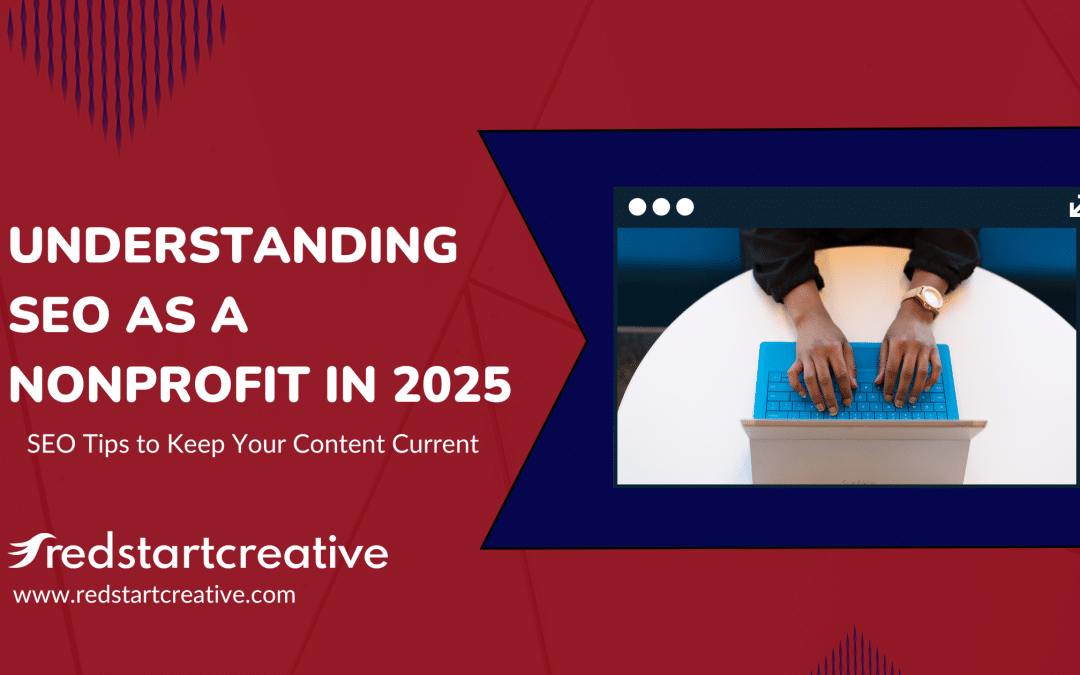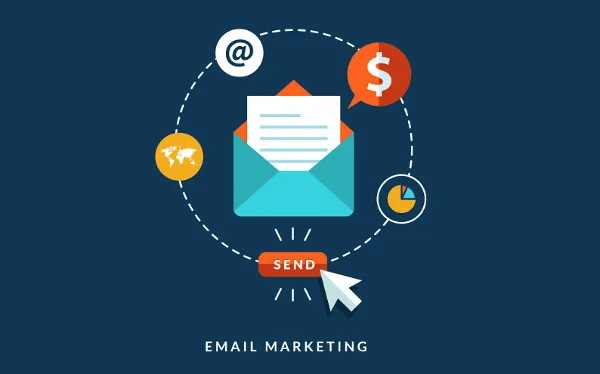Accessible design takes into account the needs of people with disabilities. While universal design attempts to include as many types of human abilities as possible. Inclusive design is a process that looks to serve the maximum number of users, extending beyond the disability community to situational usage. For instance, increasing the size of clickable areas makes it easier to navigate for disabled people using adaptive technology and also for mobile users.
In short, when planning your social media, increasing the number of people who can access your messages increases your audience and potential new customers. Who wouldn’t want more followers, likes, shares, and most importantly – conversions?
So with all those terms and definitions out of the way, how do you implement these principles into your social media content?
Start with the copy
DON’T USE ALL CAPS. Please don’t use all caps. It is more difficult to read for anyone, and it is also more difficult to be interpreted by screen readers used by the visually impaired.
Use camel case for hashtags. Again, more easily read by the human eye and more correctly interpreted by assistive technology. This means combining capital and lower-case letters. For instance: #GivingTuesday instead of #givingtuesday.
Use clear, simple language. Social media isn’t the place to use fancy or industry-specific words. The goal is to communicate what you do to the community you serve and the people who support you. Short sentences are good. Keeping your content on a 5th to 8th-grade level will communicate to more readers.
Choose your images with your visitors in mind
Using pictures of humans increases trust and conversion rates. This means don’t just grab the first free stock photo you find. Think about the type of people you represent, your stakeholders, and the people who could potentially follow you.
“Barbara Kahn, a marketing professor at Wharton, told me advertisers often use real people to sell products because, frankly, people like people who are like them. ‘One principle which relates to this is homophily; it means liking people who are similar to you,’ she said. ‘It’s kind of obvious and intuitive, but pretty powerful.’”
One nonprofit to watch is Changing the Face of Beauty who “is committed to equal representation of people with disabilities in advertising and media worldwide.
Add information to your images
Describe your images with captions and alt-text. Alt text should describe what the image shows and the action. For instance, instead of “woman” expand text to “woman demonstrating use of coffeemaker.”
If you have important copy in an image, repeat it in captions and posts. Assistive technology cannot discern the type from the rest of the image and visually impaired readers will not receive the message. We see this a lot with poster images advertising events. Location, dates are frequently buried in the image.
Write descriptive links: Instead of “OK” or “Sign Up,” make the link copy longer (which makes it more clickable) so that it gives more specific information. “Sign Up for Newsletter.” “Read more about enrolling your child.”
Social media is a major part of your organization’s marketing strategy. There are a lot of factors to consider, and Redstart Creative’s team of professional designers is here to help you create social media that tells your story and increases your presence in the online community. Ask us how you can get started.



